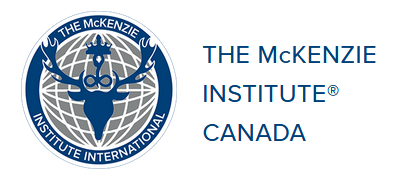B Level McKenzie MDT – Calgary FEB 2026
Details
Organization / Poster Name
McKenzie Institute Canada
Dates
21-22FEB, 2026
Organization Website
Opportunity Location
Calgary, AB
Opportunity Cost
$695.00
Closing Date
January 23, 2026
Opportunity Description
It’s time to take your knowledge of MDT to the next level. You were introduced to the basics of the MDT system in Part A, now it’s time to gain a better understanding of the approach and how it can benefit both your patients and you as a clinician. This is a fabulous opportunity to enhance your clinical skills and become more confident when treating patients with neck ailments. Attend Part B and learn how to systematically assess, classify, and treat cervical and thoracic problems. This course presents the theoretical aspects and concepts MDT as applied in the examination and treatment of patients with complaints of neck, upper back and related referred pain. MDT is a reliable assessment & classification system for the spine & extremities, that leads you to an effective treatment strategy for your patients.
• DISCOVER NEW LIMITS! WHEN END RANGE IS NOT THE END.
• LEARN NEW TREATMENT STRATEGIES AND TECHNIQUES
• OBSERVE LEGITIMATE PATIENT DEMONSTRATIONS & FOLLOW-UPS
• GAIN CONFIDENCE TREATING NECK AILMENTS!
MCKENZIE MDT PART B CALGARY, AB
2 Sessions Online, 2 Sessions in the clinic / MOUNTAIN TIME
Session 1: Asynchronous online at your own pace
Session 2 SUN 15FEB: Online live with instructor 8:00AM–12:30PM (MT)
Sessions 3: SAT / 21FEB in clinic Bonavista Physical Therapy 8:00AM–5:30PM (MT)
Sessions 4: SUN/ 22FEB in clinic Bonavista Physical Therapy 8:00AM–5:00PM (MT)
Legitimate patient demonstrations with follow-up appointments take place during the course.
Fee: $695.00
Instructor: Audrey Long PT, Dip. MDT, Specialist MSK
Note: For further details please refer to course page on the MICanada website.
Register at: www.mckenzieinstitutecanada.org
COURSE FEEDBACK FROM FELLOW CLINICIANS AFTER RECENT MDT COURSES:
• I'm more comfortable understanding the importance of working full neck extension ROM and to differentiate upper and lower cervical spine movements.
• MDT has made me more aware of the potential for extremity pain to be referred from the spine. Multiple shoulder pain patients have responded to cervical retraction.
• My assessment approach for the low back and even the neck has become more structured, my understanding of force progressions and how they relate to the patient's symptoms has improved
Course Outline includes:
• Patient demonstration, analysis and discussion (approx. 3-4 patients per course)
• Pathophysiology and biomechanics of the cervical spine
• Develop confidence with exercise prescription for neck and thoracic pain
• Cervical headache and trauma ('whiplash')
• Differentiating mechanical neck pain from red flags and serious pathologies
• Indications for and practice of neck and thoracic manual techniques
• Thoracic spine: anatomy, pathology, examination and treatment
ASSESS, DIAGNOSE and TREAT with CONFIDENCE
MDT is a comprehensive biopsychosocial classification system that enables clinicians to reliably classify specific sub-groups and successfully match the classification to the appropriate treatment. The MDT system identifies if the patient is unsuitable for mechanical therapy. A full history (with or without examination) can exclude patients with serious pathology or non-mechanical pain that require medical referral or non-mechanical treatment approaches. With a thorough knowledge of the three syndromes (derangement, dysfunction and posture) a trained clinician can identify directional preference, centralization or other consistent mechanical responses in keeping with the MDT syndromes and their predicted response to treatment. Once the syndromes are ruled out, the clinician can more accurately identify other diagnoses such as SIJ, spinal stenosis, symptomatic spondylolithesis or non-mechanical presentations unsuitable for mechanical therapy [Danish Institute for Health Technology Assessment (1999) American College of Occupation and Environmental Medicine (2005)].
• DISCOVER NEW LIMITS! WHEN END RANGE IS NOT THE END.
• LEARN NEW TREATMENT STRATEGIES AND TECHNIQUES
• OBSERVE LEGITIMATE PATIENT DEMONSTRATIONS & FOLLOW-UPS
• GAIN CONFIDENCE TREATING NECK AILMENTS!
MCKENZIE MDT PART B CALGARY, AB
2 Sessions Online, 2 Sessions in the clinic / MOUNTAIN TIME
Session 1: Asynchronous online at your own pace
Session 2 SUN 15FEB: Online live with instructor 8:00AM–12:30PM (MT)
Sessions 3: SAT / 21FEB in clinic Bonavista Physical Therapy 8:00AM–5:30PM (MT)
Sessions 4: SUN/ 22FEB in clinic Bonavista Physical Therapy 8:00AM–5:00PM (MT)
Legitimate patient demonstrations with follow-up appointments take place during the course.
Fee: $695.00
Instructor: Audrey Long PT, Dip. MDT, Specialist MSK
Note: For further details please refer to course page on the MICanada website.
Register at: www.mckenzieinstitutecanada.org
COURSE FEEDBACK FROM FELLOW CLINICIANS AFTER RECENT MDT COURSES:
• I'm more comfortable understanding the importance of working full neck extension ROM and to differentiate upper and lower cervical spine movements.
• MDT has made me more aware of the potential for extremity pain to be referred from the spine. Multiple shoulder pain patients have responded to cervical retraction.
• My assessment approach for the low back and even the neck has become more structured, my understanding of force progressions and how they relate to the patient's symptoms has improved
Course Outline includes:
• Patient demonstration, analysis and discussion (approx. 3-4 patients per course)
• Pathophysiology and biomechanics of the cervical spine
• Develop confidence with exercise prescription for neck and thoracic pain
• Cervical headache and trauma ('whiplash')
• Differentiating mechanical neck pain from red flags and serious pathologies
• Indications for and practice of neck and thoracic manual techniques
• Thoracic spine: anatomy, pathology, examination and treatment
ASSESS, DIAGNOSE and TREAT with CONFIDENCE
MDT is a comprehensive biopsychosocial classification system that enables clinicians to reliably classify specific sub-groups and successfully match the classification to the appropriate treatment. The MDT system identifies if the patient is unsuitable for mechanical therapy. A full history (with or without examination) can exclude patients with serious pathology or non-mechanical pain that require medical referral or non-mechanical treatment approaches. With a thorough knowledge of the three syndromes (derangement, dysfunction and posture) a trained clinician can identify directional preference, centralization or other consistent mechanical responses in keeping with the MDT syndromes and their predicted response to treatment. Once the syndromes are ruled out, the clinician can more accurately identify other diagnoses such as SIJ, spinal stenosis, symptomatic spondylolithesis or non-mechanical presentations unsuitable for mechanical therapy [Danish Institute for Health Technology Assessment (1999) American College of Occupation and Environmental Medicine (2005)].
About The Organization
The McKenzie Institute Canada is a not-for-profit organization, one of 28 branches of the McKenzie Institute International. The McKenzie Institute offers a post-graduate Credentialling Program in Mechanical Diagnosis and Therapy® delivered by McKenzie Institute accredited experts. MICanada is the only sanctioned provider of MDT education in Canada, responsible for organizing and supporting MDT training across the country.
How To Join
Please go to MICanada website and locate the Course Page under Educational Programs. www.mckenzieinstitutecanada.org



